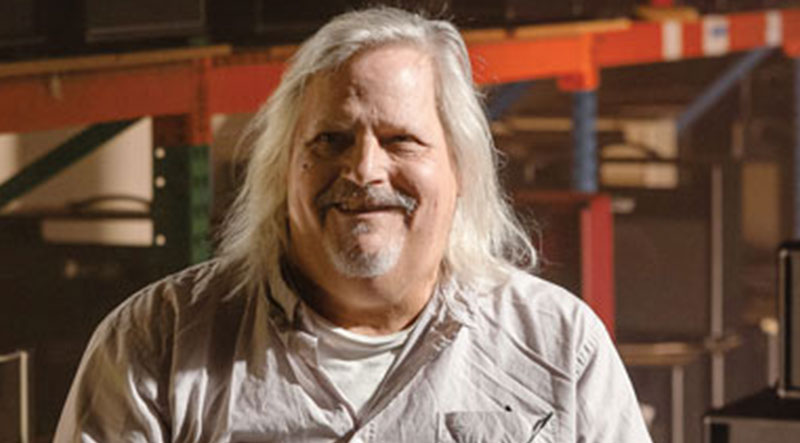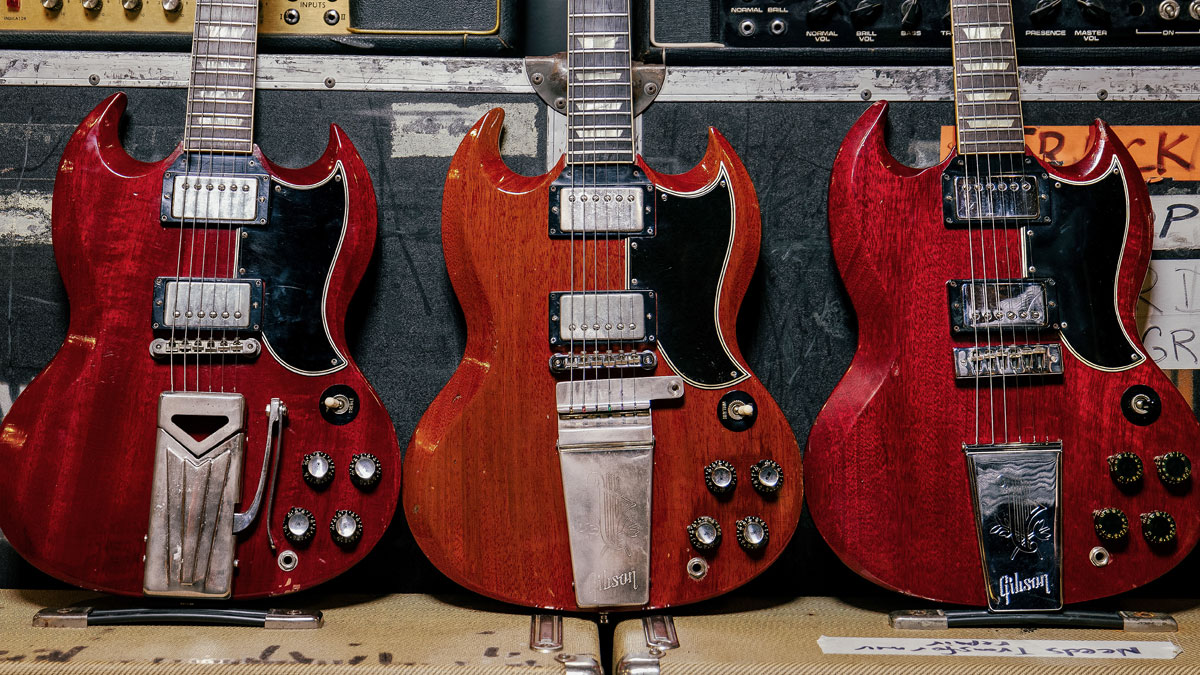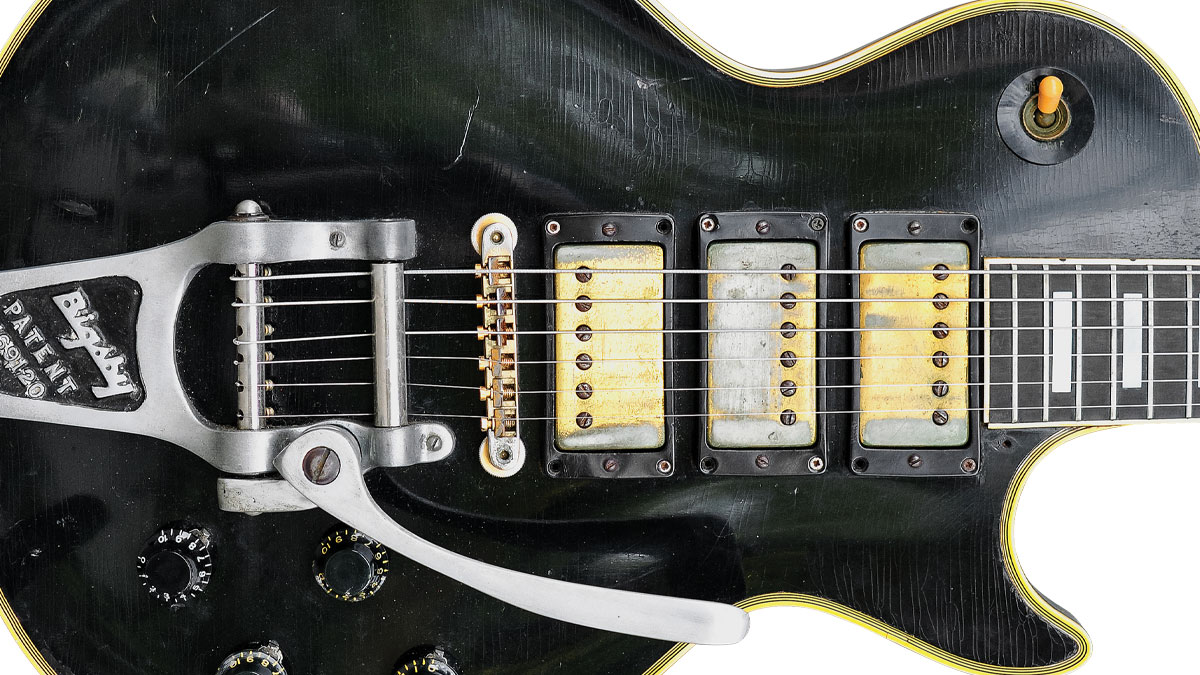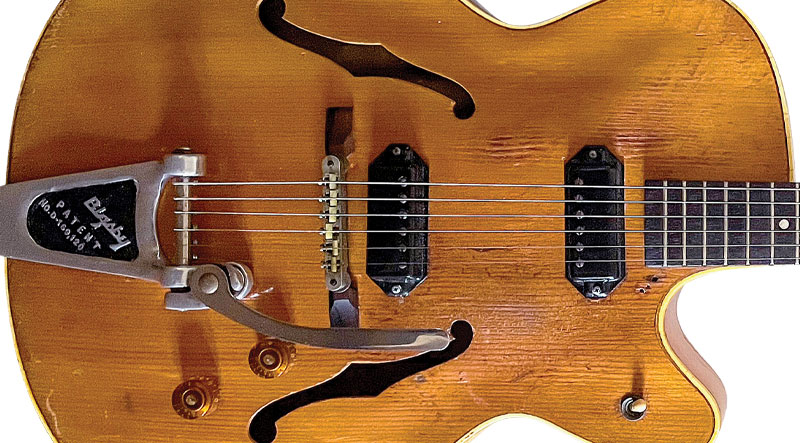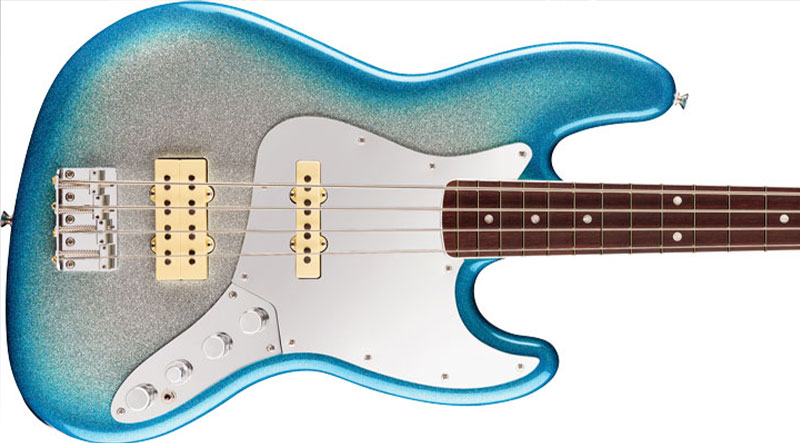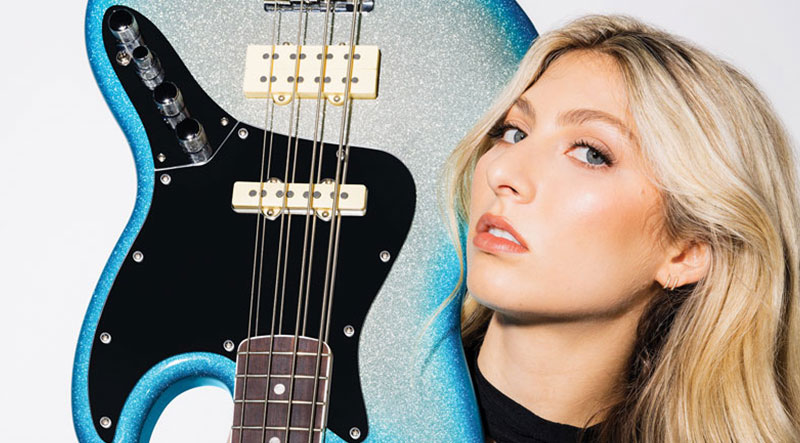-
Ward Meeker
Tommy Castro
Circling Back
In a career spanning four decades, Tommy Castro has crafted a commendable catalog and built a devout following with his soul-infused music, informed by the blues, R&B, pop, and rock and delivered with conviction. Beloved for his guitar work and vocal style, he has carved his own niche. Born and raised in San Jose, California,…
-
Ward Meeker
Classics: Tommy Castro’s ’66 Fender Stratocaster
Tommy Castro has never been much for sitting with a guitar teacher, preferring instead to rely on good ol’ time in the saddle to hone his craft. But this 1966 Stratocaster has taught him a couple lessons. The guitar entered Castro’s universe in the hands of San Francisco music legend John Newton – known on…
-
Ward Meeker
Mark Sampson
Back Cat
Epitome of the restless designer/tinkerer, Mark Sampson has co-founded four guitar-amplifier companies, two of which – Matchless and Bad Cat – are indelible figures in the trade whose original builds draw perpetual interest from collectors, especially the Matchless DC-30 and SC-30, which are prime examples of “boutique.” Sampson started Bad Cat in 2000 with Rick…
-
Ward Meeker
The Guitars of Gary Rossington
A Legend’s Legacy
When the time came for Gary Rossington’s family to decide what to do with his guitars and amps after his passing in March of 2023, daughters Mary and Annie along with his wife, Dale, looked for advice from his lifelong friend and bandmate, Rickey Medlocke. The stash was considerable – 71 guitars including his famous…
-
Ward Meeker
Wes Beech
Life in The Plasmatics
From the moment he met Rod Swenson and Wendy O. Williams, things for Wes Beech were never really “normal.” Walking into the basement of their loft for an audition, Beech didn’t know he was about to become part of a stage-storming, car-smashing, guitar-chainsawing artistic statement called the Plasmatics. The product of Swenson’s high-functioning mind (if…
-
Ward Meeker
Classics: Mike Semrad’s ’57 Gibson Les Paul Custom
Mike Semrad’s musical roots run deep in his hometown of Fremont, Nebraska – at least as far back as his great-grandmother, who sang at the city’s opera house. But his first glimpse into the true power of music happened in high school, when one night in 1962, overachieving pep-band director Bob Olson stirred things up…
-
Ward Meeker
VG Q&A: Fret Differential
And Examining Two Budget Archtops
Can someone please explain the differences between playing an instrument with jumbo frets versus one with smaller/shorter frets? – John Mackey Until you master playing with tall frets, it’s very easy to press the string too hard/farther than needed to create the note, because the flesh of your finger will push until it hits the fretboard…
-
Ward Meeker
Fender Blu DeTiger x Player Plus Jazz Bass
Ladies’ First
With a quick glance and a dash of judginess, Fender’s Blu DeTiger x Player Plus Jazz Bass looks like what you’d expect when a Gen Z TikTok influencer storms the design room. But boomer, check yourself! Because behind all that rizz is Fender’s first signature-model bass bearing the name of a female player, and it’s…
-
Ward Meeker
Don Culig
Dream Finish
The Covid pandemic forced immeasurable change on humanity. Much of it involved temporary adaptation, but there were also plenty of new norms. And there’s no shortage of people like Don Culig, who, after losing his, was given the opportunity to chase a dream. Laid off in the summer of 2020, Culig pondered his options and…
-
Ward Meeker
Blu DeTiger
Funk-Pop Pioneer
When she was seven years old, sibling rivalry spurred Blu DeTiger to get a bass so she could play along with her brother on his new drum kit. After honing her skills for a few years at School of Rock, taking lessons, and playing in high-school bands, she also became a DJ on the New…



